Is Red Light Therapy the Same as Laser Therapy?
Hey, the reason is light-based therapies are non-invasive and offer a wide range of benefits, they have become increasingly popular in the medical and cosmetic fields. These therapies provide a wide range of solutions for different health conditions, from improving the appearance of the skin to relieving chronic pain. Nonetheless, there is frequent misunderstanding regarding various forms of light therapy, especially red light and laser therapy. In contrasting these two approaches, this piece seeks to dispel popular misconceptions and illustrate their variations.
What is Red Light Therapy?
Red light therapy, sometimes referred to as low-level light therapy (LLLT) or photobiomodulation, is the application of red and near-red infrared light at low intensities to activate biological processes. Fluorescent bulbs or light-emitting diodes (LEDs) are used in this therapy to provide therapeutic wavelengths. Red light treatment does not produce heat, in contrast to more potent types of light therapy, therefore, it is safe to use on a daily basis without running the danger of burning or tissue damage.
Common Applications
Red light treatment is frequently utilized for several medical and aesthetic uses, such as:
1. Skin Rejuvenation: Red light therapy increases the synthesis of collagen, minimizes wrinkles, and enhances the general tone and texture of the skin.
2. Pain Relief: Red light therapy reduces discomfort and swelling in ailments like rheumatoid arthritis and musculoskeletal traumas.
3. Inflammation Reduction: RLT helps decrease the inflammation of tissues and helps to fasten injuries after surgery or injury.
4. Promoting Healing: infrared red light therapy also increases tissue repair and the healing of a wound by encouraging good blood flow and cellular regeneration.
Mechanism: How Red Light Affects Cellular Function and Tissue Repair
Red light therapy's impacts on cellular function are the main cause of its therapeutic effects. The infrared red light that reaches the skin gets absorbed by the pasts of the cells that produce energy, which are called mitochondria. The cellular energy currency, adenosine triphosphate, is produced more frequently as a result of absorption, which improves the repair mechanism and activity of the cell. Better cell function, quicker tissue healing, and less inflammation are all caused by increased ATP generation. Red light therapy also increases blood circulation, which aids in the healing process, and encourages the formation of elastin and collagen, which are two important proteins for healthy skin.
What is Laser Therapy?
You must be wondering what laser therapy actually is. It is a type of therapy that uses light in the form of radiation. The only difference is that the light used in laser therapy is coherent as compared to other light sources. Coherent light beams are used in laser therapy to treat a variety of illnesses. First of all, let us discuss the two basic types of laser therapy that are:
1. Low-Level (Cold) Lasers: Low-power lasers are used for medical procedures, including inflammation and pain, tissue regeneration, and improved wound healing. Cold lasers are safe for procedures that are not invasive because they don't generate heat.
2. High-Level (Hot) Lasers: High-level lasers are mostly used in medical procedures like surgeries to kill or cut coagulate tissues. These lasers usually operate at higher intensities. They produce heat and are only useful for accurate treatments in dermatology, cancer, and ophthalmology.
Focus on Applications
Now let us get into how laser therapy is actually applied in medical procedures. Let us Assure you that there are many different medical and therapeutic uses for laser therapy, such as:
1. Medical Surgical Procedures: Most of the time High-level LED light therapy lasers are used in medical procedures that require precise cutting of tissues. High-level lasers are also very useful in critical surgeries that are required to minimize bleeding and injuries to neighboring areas. Skin resurfacing, tumor excision, and LASIK are a few examples of surgeries that require high-level lasers.
2. Therapeutic Uses: On the other hand, LLLT, or low-level laser treatment, is used to enhance tissue regeneration, lessen inflammation, and ease pain. It is frequently used to treat ailments like soft tissue injuries, arthritis, and tendonitis.
3. Cosmetic Treatments: These are the only types of procedures that require both high and low-level lasers. Some of the procedures that require both types of lasers are hair removal, scar reduction, and skin tightening.
Mechanism: How Lasers Interact with Tissues at Different Intensities
We will discuss how different intensities affect different tissues. Basically, the laser's wavelength and intensity affect how the light interacts with specific tissues.
1. Low-Level Lasers: Through photobiomodulation, these are the types of lasers entering the skin without producing heat and stimulating cellular activities. The light energy that is absorbed improves mitochondrial performance, boosts ATP synthesis, and encourages cellular renewal and repair.
2. High-Level Lasers: Heat produced by high-intensity lasers enables them to vaporize, coagulate, or cut tissue. They are helpful in surgical and acute operations because the concentrated energy can accurately pinpoint and treat specific locations.
Technical Differences
Comparison of the Technology Behind Red Light and Laser Therapies
Coherence: As we discussed above, the light used in laser therapy is coherent. Now let's find out what is the meaning of coherent light. It means that the direction and phase of the light waves are the same. Because of this coherence lasers can focus their energy on a small area more accurately. LED light therapy creates incoherent light that disperses and covers a larger area by using fluorescent bulbs or light emitting diodes.
Monochromatic Light: Red Light Therapy works by using several wavelengths during the treatment to give a curing effect. Typically, wavelengths can be of 850 nm red light therapy or 600 nm red light therapy. Whereas, lasers use single-wavelength light which is called monochromatic light. This feature allows doctors to use laser treatment to target specific tissues of the body.
Intensity: Red Light Therapy only uses less intense red light, which makes them safe for longer use. Laser lights work with both high and low-intense lasers.
Area of Impact: Broad vs. Focused Application
Broad Application:
Some LED light therapy devices can cover large areas of the body, which allows it to treat various health problems. Moreover, the non-invasive nature of LED red light in RLT makes it safe and penetrates through the skin to reach internal issues.
Focused Application:
Laser Therapy uses intense light, therefore, it is mostly used to treat more direct and focused problems. It allows doctors to address certain areas of the body effectively.
How This Influences Treatment Strategies
The technical differentiation of both treatments has a great impact on molding the treatment strategy.
Red Light Therapy:
RLT does not require any professional help to operate. So most people use red light therapy at home to treat their certain health issues at home due to their less intensive nature.
Laser Therapy:
On the other hand, Laser Therapy requires a professional to operate. The treatment involves high-intensity lasers which a normal person cannot control.
Clinical Uses and Effectiveness
Red Light Therapy:
LED red light Therapy presents a variety of health benefits to its users. It shows exceptional results in enhancing your skin tone, removing aging signs, and lifting the overall skin features. It also helps in removing inflammation and pain from severe conditions like muscle soreness and arthritis.
Laser Therapy:
Laser Therapy is generally used in big operations like eye treatment, tumor removal, and face enhancement. You can also benefit from its pain-relieving ability. Moreover, it helps in the regeneration of damaged tissues and muscles. Laser therapy also has its immense hand in removing scars, treating acne, and removing hair from the skin.
Evidence-Based Outcomes
Red Light Therapy:
The study of Journal Seminars in Cutaneous Medicine and Surgery showcases the positive results of LED red light Therapy in removing wrinkles and improving the overall skin appearance by increasing collagen production.
Another research from the Journal of Orthopaedic Surgery and Research concluded that Red Light Therapy has a great impact in reducing inflammation and pain in patients suffering from osteoarthritis.
Laser Therapy:
The American Journal of Sports Medicine published clinical trial results that show that less-intense laser therapy has a curing effect in reducing pain from patients of severe Achilles tendinopathy.
According to a study by the Journal of Clinical and Aesthetic Dermatology, high-intensity laser therapy significantly helps treat acne scars in patients.
Safety and Side Effects
Red Light Therapy:
Infrared light therapy generally does not pose a risk to the users. However, some people may have seen mild changes in their skin after treatment, like dryness and redness. Overall, it is quite safe, even for home use.
Laser Therapy:
If you get less intense laser therapy, then you may experience burns and scarring on your skin. As for less intense treatment, there is a chance of irritation and discomfort. You always need professional help for laser therapy for safe usage.
Guidelines and Precautions for Safe Usage
Red Light Therapy:
Although you can easily conduct a infrared light therapy session at home, you need to be extra careful while doing it. Follow all the necessary manufacturer guidelines and safety precautions. Wear glasses to protect your eyes from exposure. And always opt for short and less intense sessions.
Laser Therapy:
Laser Therapy treatments require professional help, so make sure you get it done by a certified expert. Do not forget to follow the skincare routine after the laser treatments and protect your skin from sun exposure.
Cost and Accessibility
Red Light Therapy:
The cost of home red light therapy devices can vary depending on their quality, features, and manufacturing. The cost may range between $100 - $500. On the contrary, professional LED light therapy machine sessions cost $50-$200 each session.
Laser Therapy:
A single session of laser therapy costs $200-$500 which is quite expensive. Whereas, its home devices cost ranges between $300 to $1000.
Discussion on Availability
Red Light Therapy:
There are various LED red light Therapy devices available. Whether you are at home and want to experience RLT treatment, you can use home devices. If you are looking for a more professional experience, then visit a clinic or book a spa day. Either way, it is widely accessible in both ways.
Laser Therapy:
Laser therapies are not widely available in home spaces. They are mostly found in clinics and hospitals due to their complex use.
Bontanny
Bontanny offers easy-to-use devices for users who want to have treatments with red light therapy at home. Here are some of the factors why you should choose Bontanny:
1. FDA Class II registered: All devices are registered with class- II FDA that meet specific safety needs and standards.
2. Trusted by professionals: Many experts and peers trust Bontanny’s red-light device for treatments which is why they have a large amount of orders from experts.
3. Multiple product options: Multiple devices for therapy suit everyone’s requirements and budgets. These are the Portable series, Table Stand series, and Moving Pro series
There are many benefits of using a Bontanny professional light therapy machine such as reducing muscle pain, boosting blood flow, enhancing your skin, escalating mind clarity, minimizing sleep, and decreasing the signs of aging.
Looking for red light therapy at home or do you want to see red light therapy before and after workout clear differences? Consider buying Bontanny Table Stand Series Red Light for effective results.
Wrap Up
The above discussion clearly shows that both Red Light Therapy and Laser Therapy have a significant effect on treating various health conditions. If you are looking for a more non-invasive treatment to improve your overall skin health, then choose a red light therapy device.
But if you are considering having a more intense light experience for medical purposes, then Laser Therapy is the best option for you. Whatever you choose, make sure the treatment matches your health needs. Also, it is better to always pay a visit to your doctor and consult him about which treatment is best for you. This safe approach by professional LED light therapy machine allows you to have more effective treatment.
Contact us at Bontanny for an affordable and high-quality professional led light therapy machine.

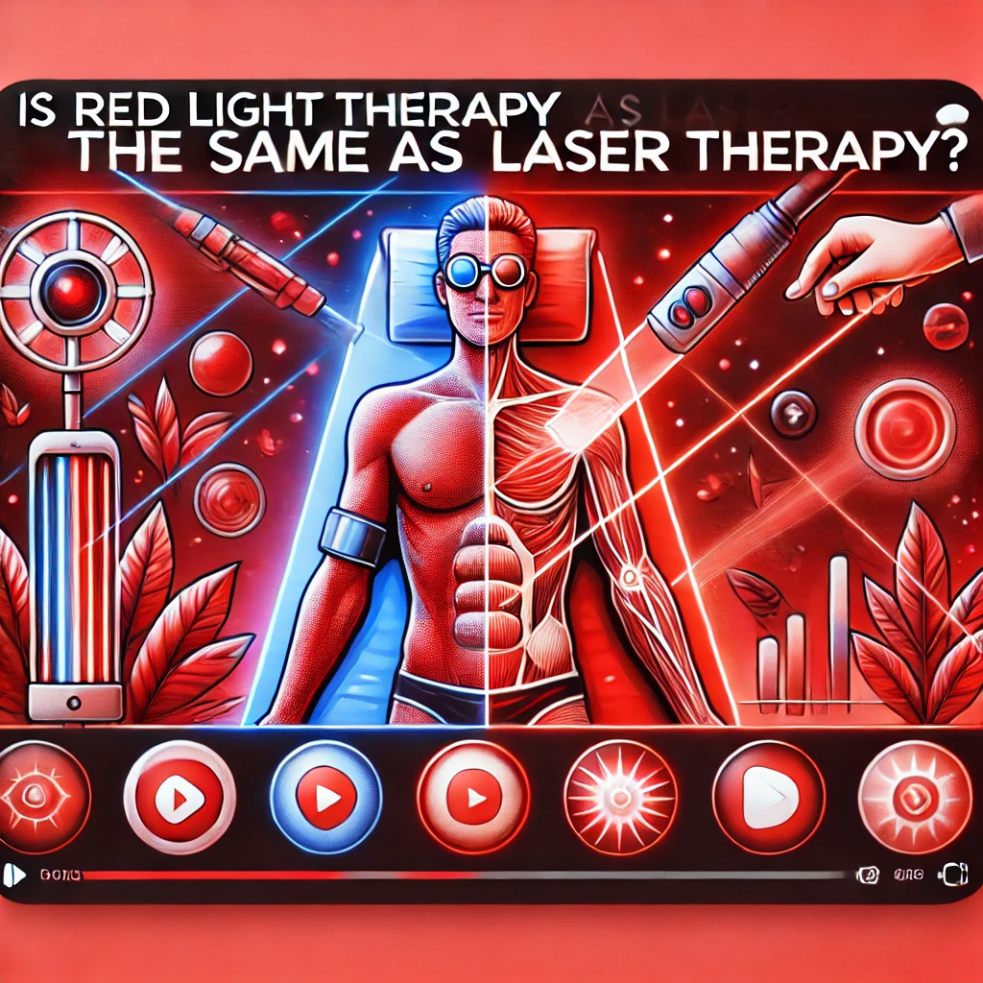
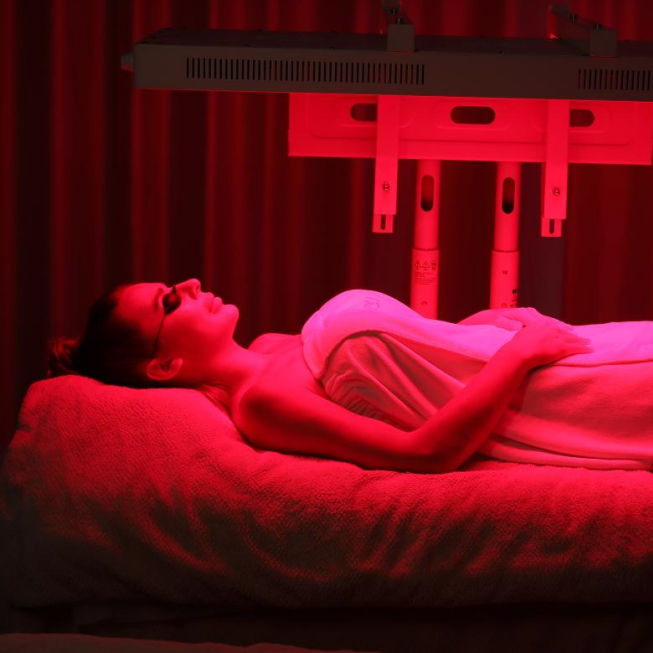

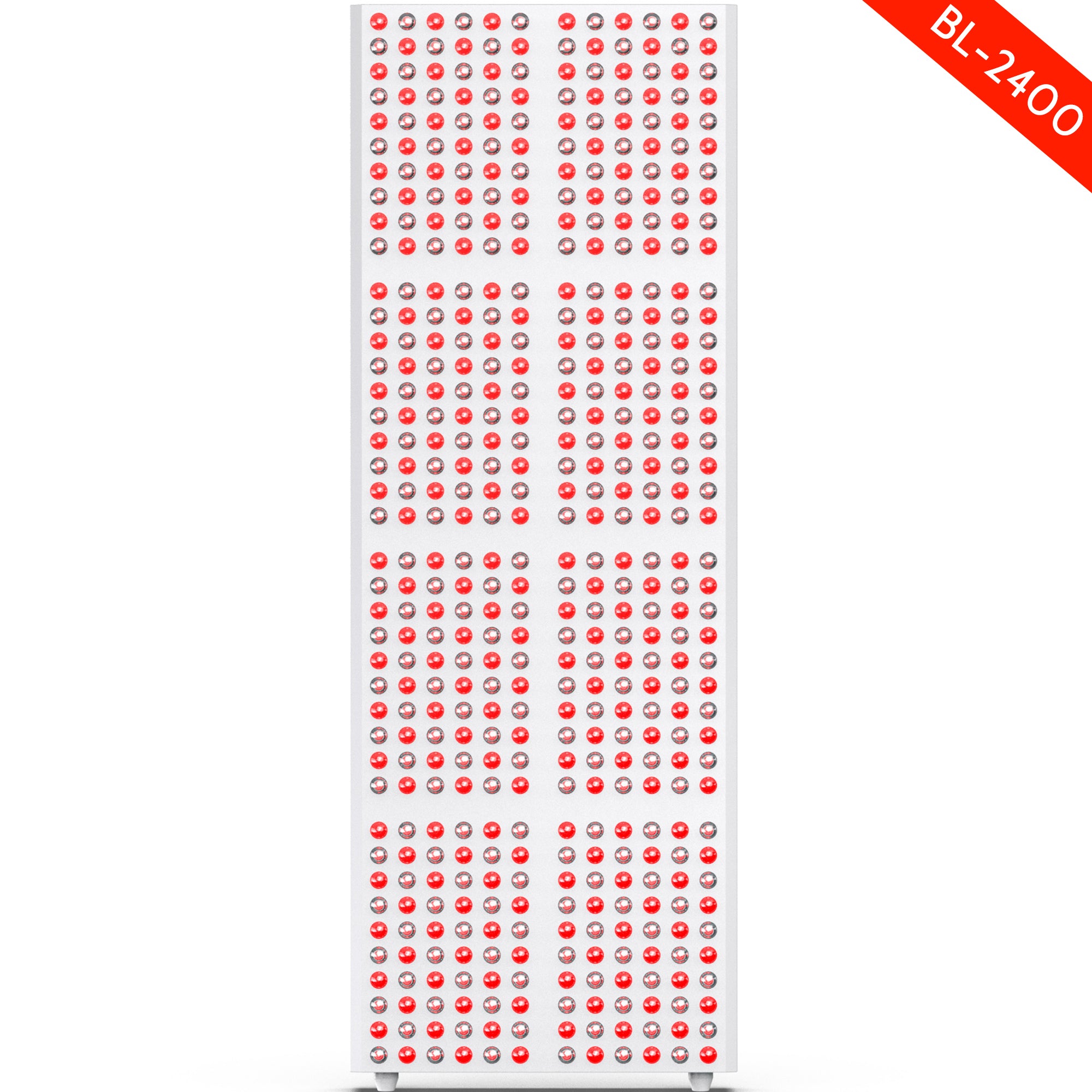
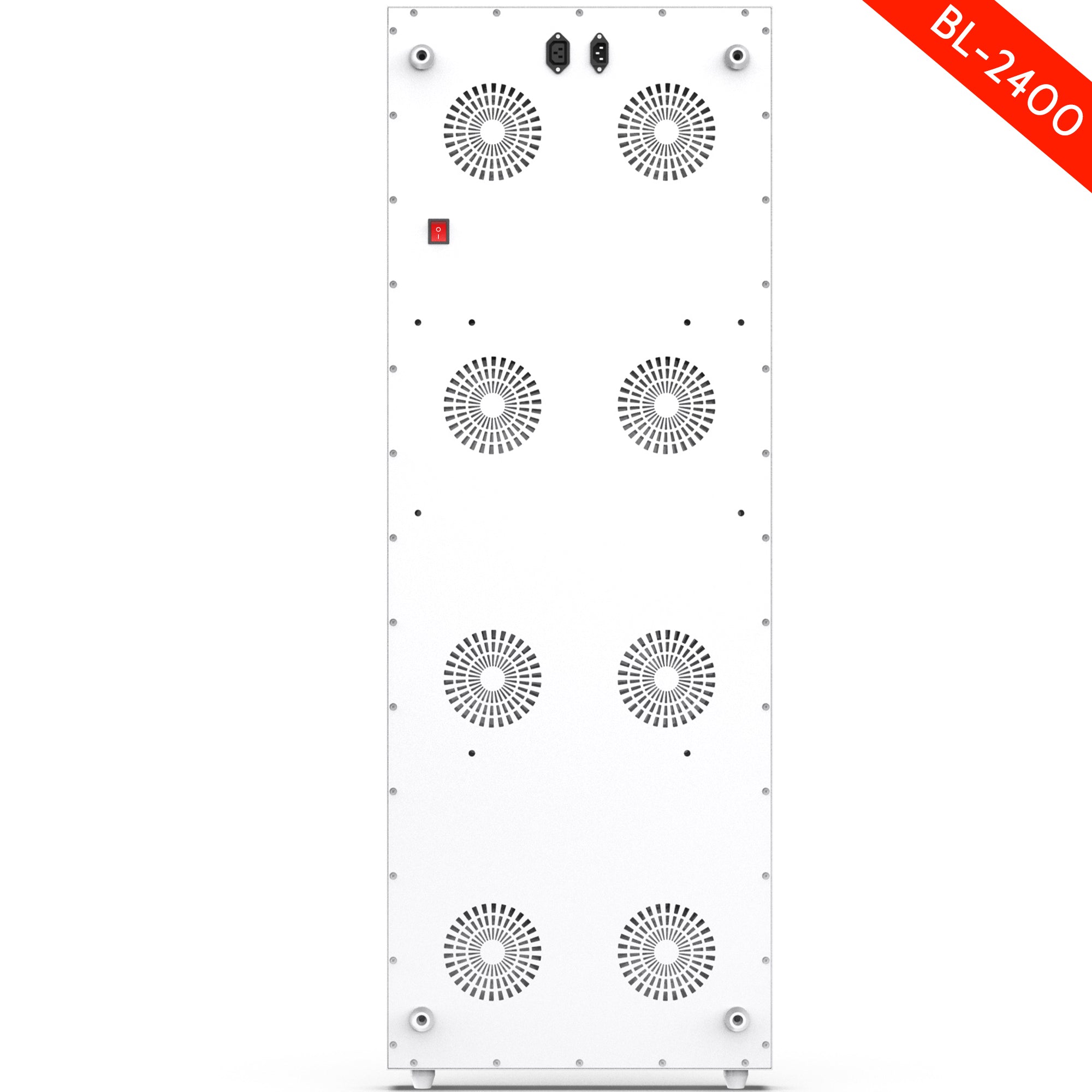
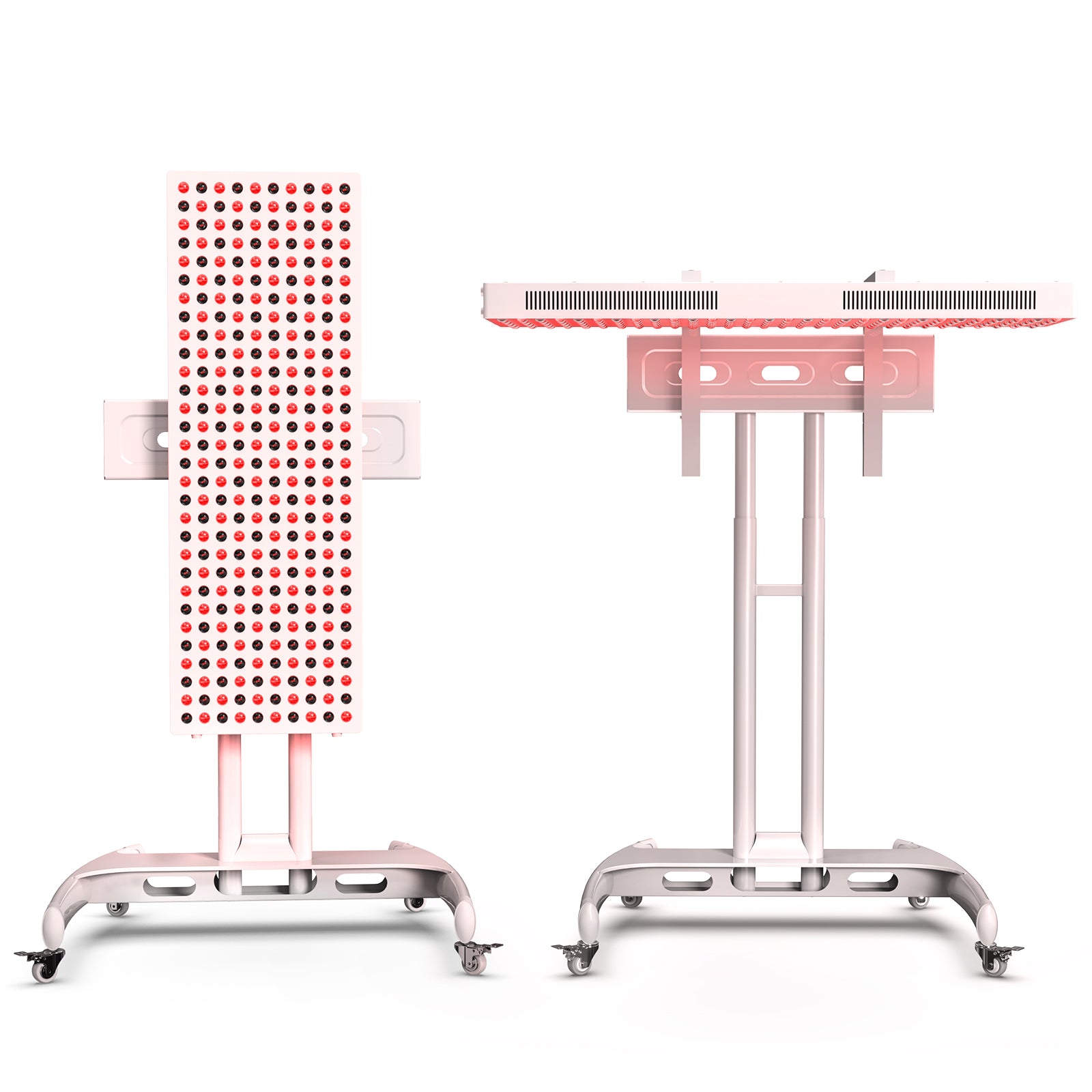

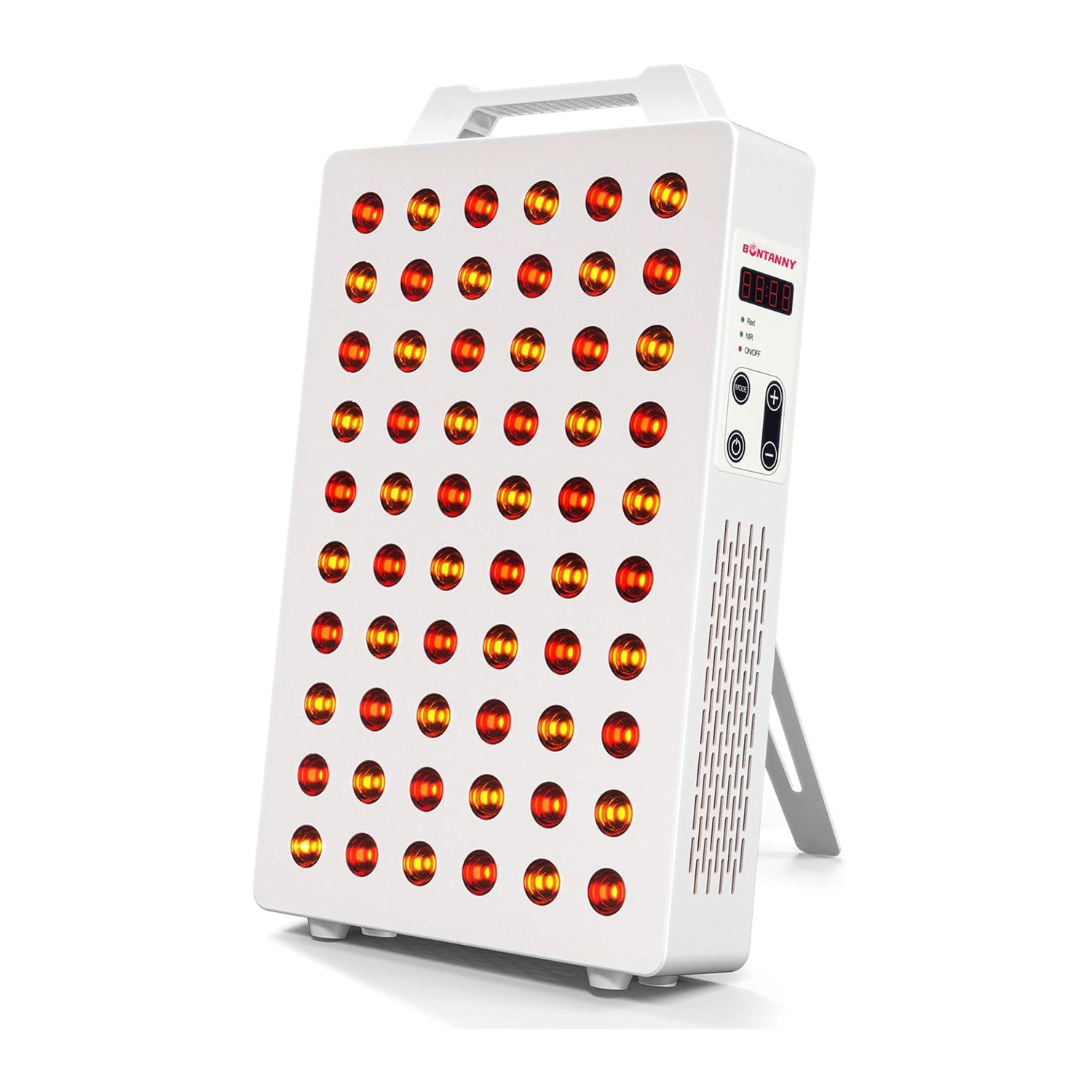
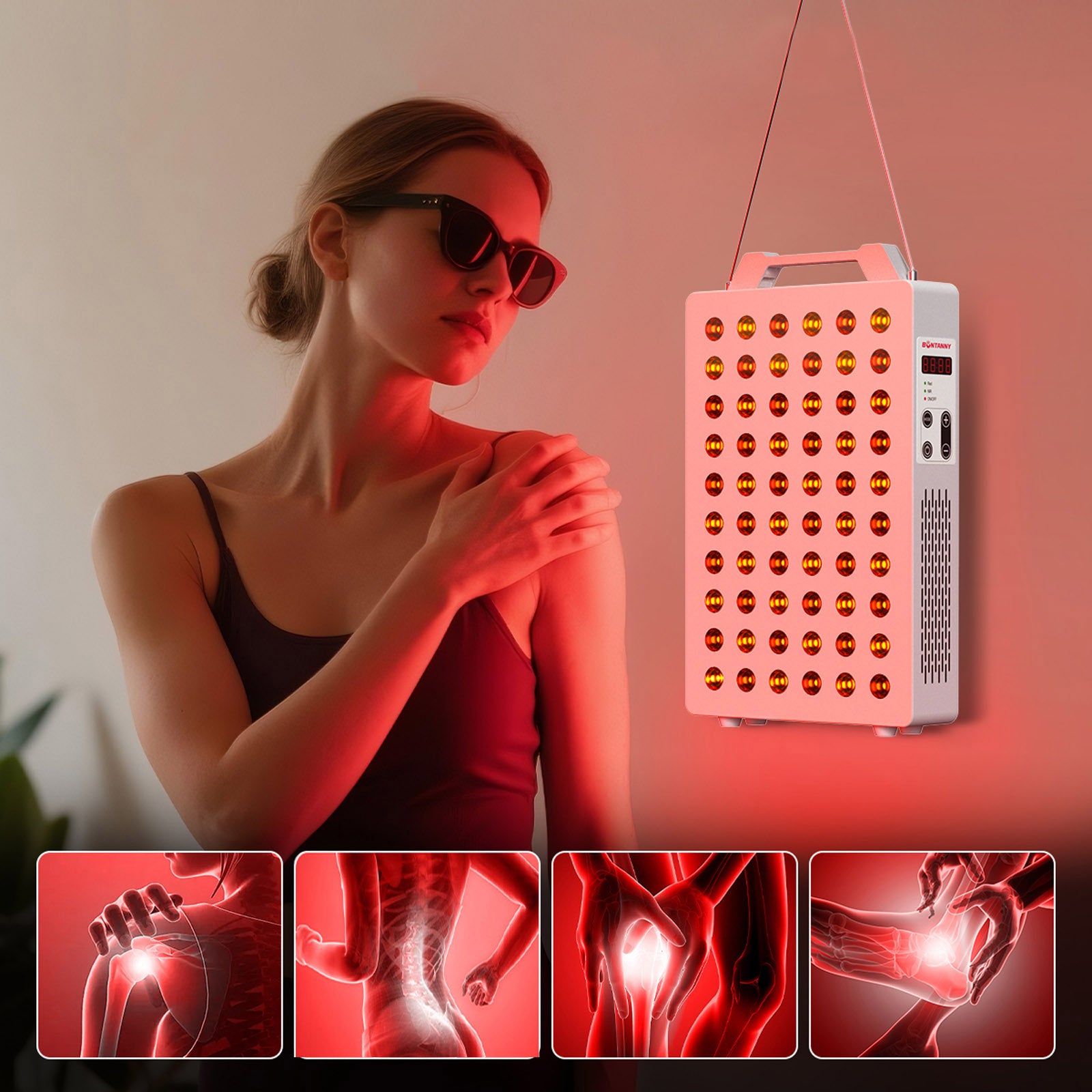
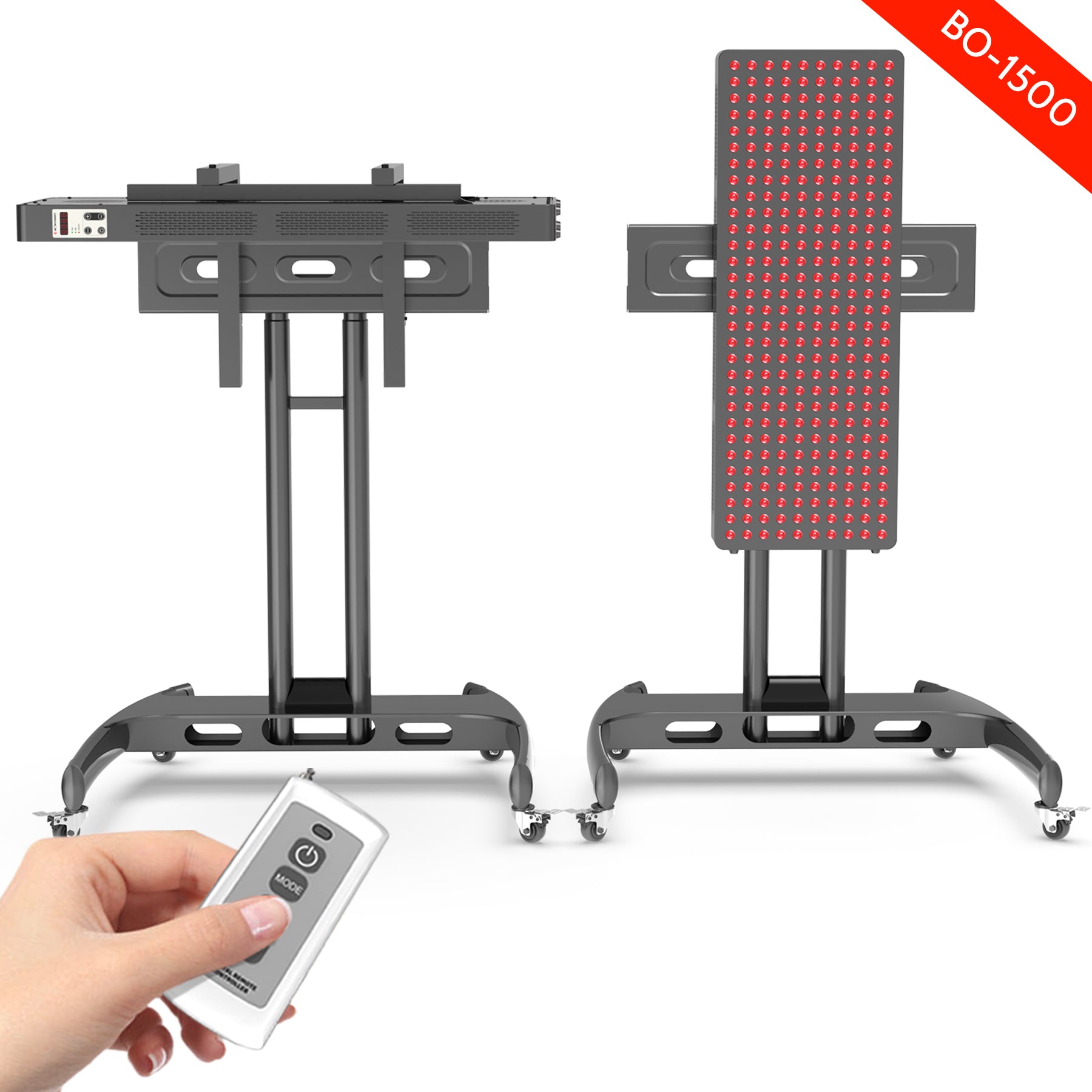
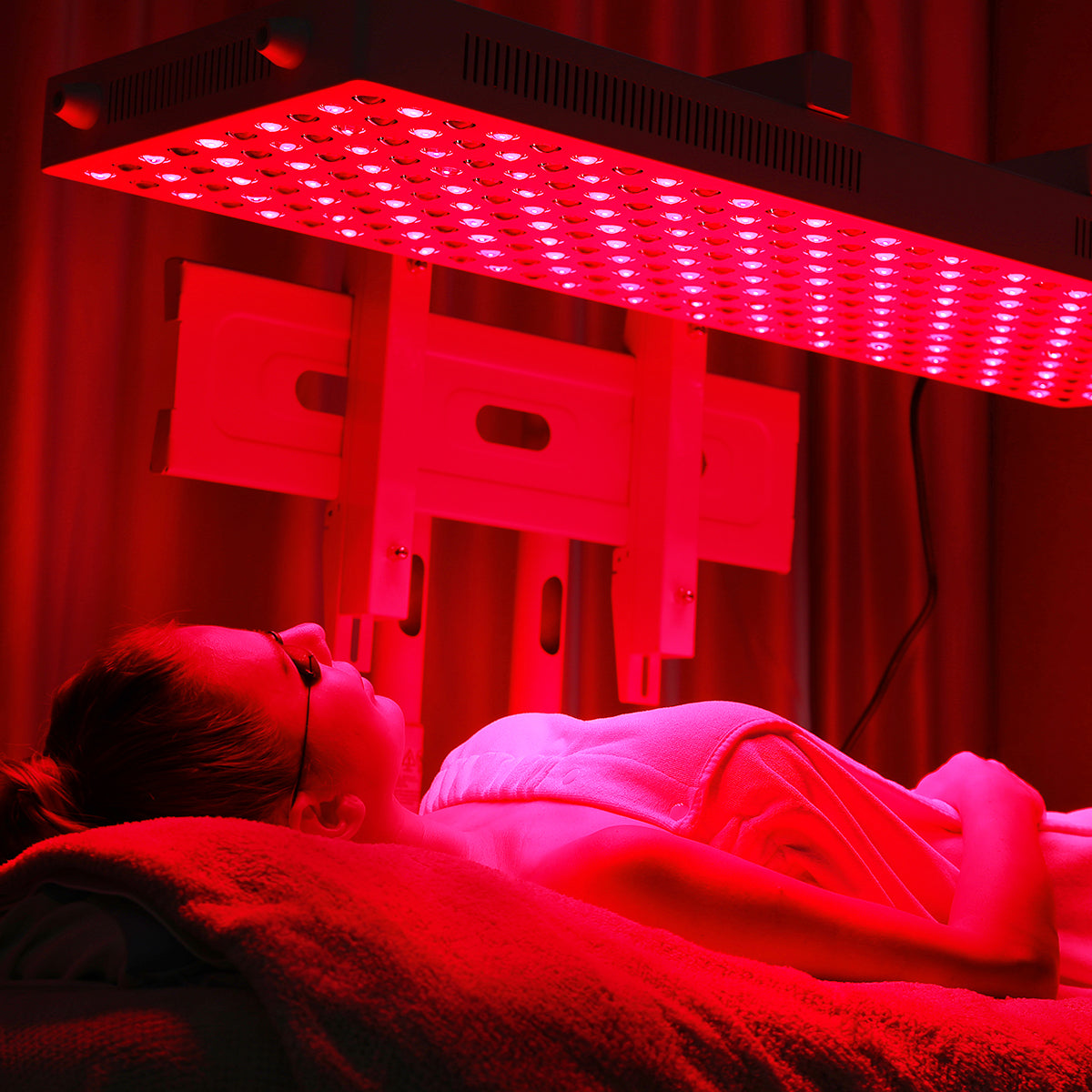
Leave a comment
This site is protected by hCaptcha and the hCaptcha Privacy Policy and Terms of Service apply.